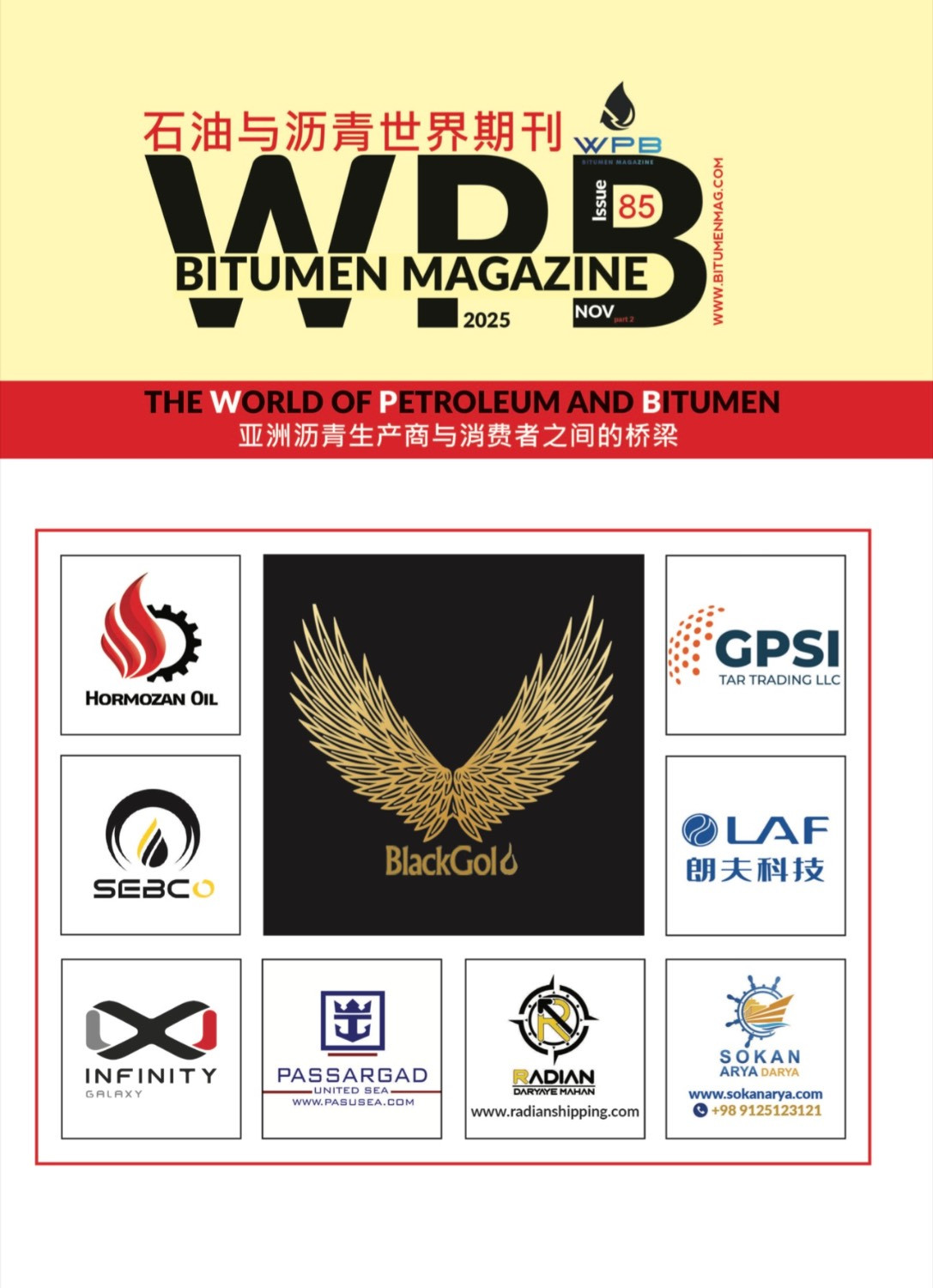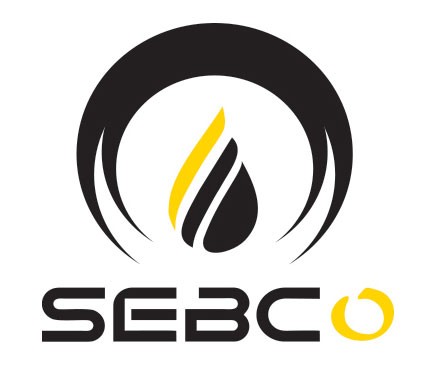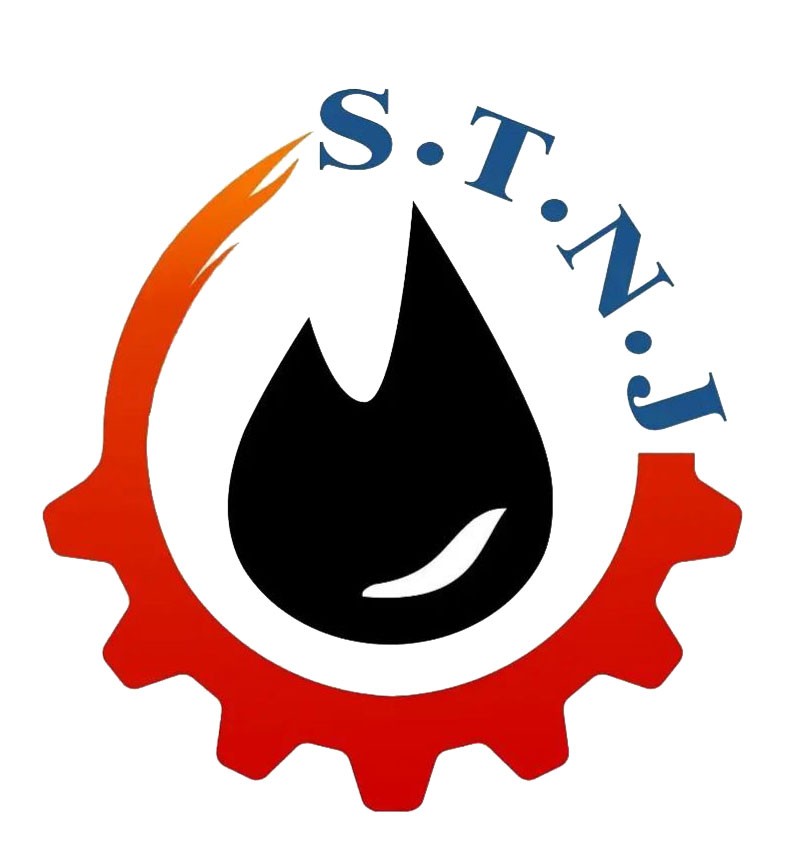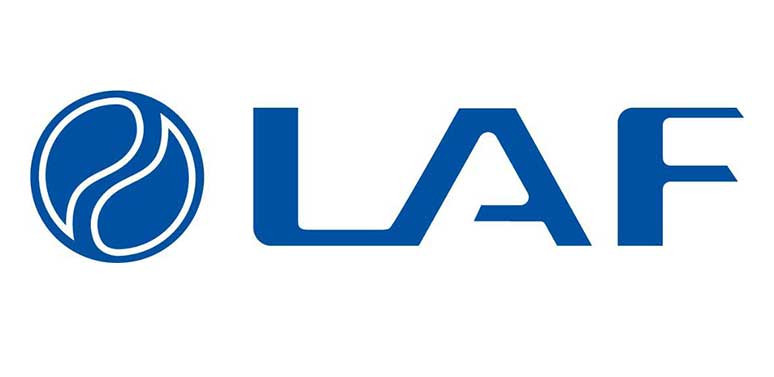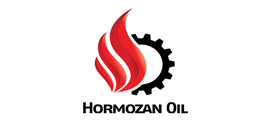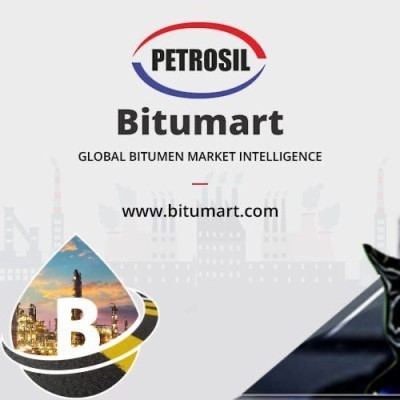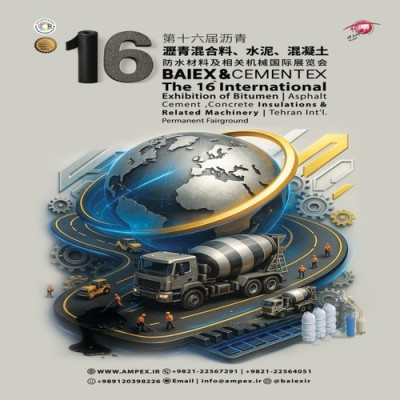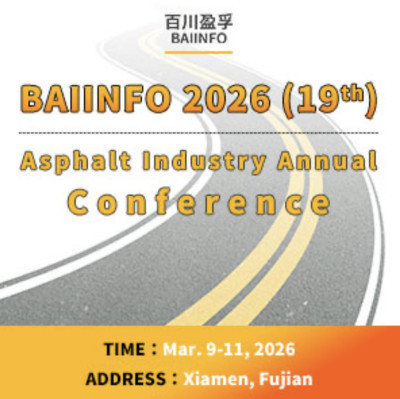According to WPB, Bitumen, often described as the “silent engineer” within road infrastructure, is a thermoviscous petroleum binder whose performance characteristics have become increasingly critical in a world experiencing rapid climatic fluctuations, heavier traffic loads, and accelerated urbanization. While bitumen has served human societies for over five millennia, its modern engineering role has reached a level of complexity where its chemical microstructure, rheological behavior, temperature sensitivity, and compatibility with aggregates determine not only the longevity of pavements but also the economic and environmental sustainability of entire regions. In recent years, attention has shifted toward understanding how specific categories of bitumen—especially paving grades such as the widely used 60/70 and 80/100—respond differently to environmental stressors and load cycles. Simultaneously, advancements in binder modification, recycling technologies, and climate-adaptive formulations have reshaped how experts conceptualize the future of road construction.
When examining bitumen in the context of pavement engineering, one must begin with its core chemical nature. Bitumen is a complex colloidal system composed of asphaltenes dispersed within a maltenic medium. The asphaltenes contribute stiffness and elasticity, while the maltenes maintain fluidity and adhesive capabilities. These constituents shift dynamically with temperature, aging, and environmental exposure. In hotter climates, maltenes can volatilize and oxidize, increasing stiffness and brittleness. In colder climates, reduced molecular mobility decreases ductility, increasing the risk of thermal cracking. Such intricate molecular sensitivities are precisely why selecting the right bitumen grade for a region’s climatic profile becomes a decisive engineering choice.
Among conventional penetration-graded binders, bitumen 60/70 and 80/100 have historically dominated pavement construction. The numbers refer to the penetration range, measured in tenths of a millimeter, indicating softness or hardness. A lower penetration value corresponds to a harder binder. Bitumen 60/70 is typically harder, more stable under high temperatures, and more resistant to rutting—an essential consideration for tropical and semi-arid regions where pavement surfaces may exceed 70°C. Conversely, bitumen 80/100 is softer and better suited for colder climates where greater flexibility is necessary to prevent thermal cracking. However, modern pavement design paradigms have expanded far beyond these conventional distinctions, recognizing that climate itself is becoming less predictable, and pavement systems must adapt to a broader spectrum of stress conditions.
Recent technical reports emphasize the need to analyze bitumen through the lens of “performance windows”—temperature intervals within which binders maintain ideal visco-elastic balance. For instance, a binder intended for equatorial climates must preserve adequate stiffness at 60°C but also avoid becoming overly brittle after oxidative aging. Conversely, pavements in northern latitudes must endure freeze-thaw cycles without losing adhesive bond strength. Understanding these performance windows is essential in engineering climate-specific asphalt mixes capable of surviving both extreme heat waves and harsh winters. This approach is no longer optional: recent infrastructure failures caused by unprecedented climate variability have demonstrated that an outdated “one-grade-fits-all” model is technically and economically unsustainable.
Another essential dimension of modern bitumen science involves aggregate interfacial chemistry. Bitumen’s adhesive strength determines how effectively it binds stone aggregates into a cohesive asphalt matrix.
This bond is influenced not only by the binder’s penetration value but also by its polarity, acid-base interactions, and susceptibility to moisture-induced stripping. In hotter climates, the adhesive bond can weaken as the binder softens excessively, while in colder regions the binder may lose elasticity, causing debonding through microfractures. Engineers increasingly evaluate these factors using dynamic shear rheometers, bending beam tests, and surface free energy measurements—tools unimaginable in the early decades of road construction.
Hill climbs, high-speed motorways, agricultural roads, and urban avenues demand different rheological profiles from bitumen. Heavy trucks apply high shear stresses that can deform soft binders unless reinforced with polymer networks. This leads to the growing importance of modified bitumen (PMB), where polymers such as SBS (styrene-butadiene-styrene), crumb rubber, or polyethylene are incorporated to enhance elasticity, temperature resistance, and fatigue life. Such modifications expand the performance window dramatically. A polymer-modified binder can behave like a soft bitumen at low temperatures and like a hard bitumen at high temperatures—an invaluable property for regions experiencing extreme diurnal temperature variations.
Parallel to binder modification, sustainability has emerged as a central concern. Bitumen production is inherently energy-intensive, and asphalt construction generates significant carbon emissions. Therefore, the integration of recycled asphalt pavement (RAP), rejuvenators, and circular economy models has gained rapid momentum. RAP allows old asphalt layers to be milled, reprocessed, and reincorporated into new pavement mixes. The challenge lies in restoring aged bitumen’s maltenic fraction to recover its original visco-elastic behavior. Rejuvenators derived from bio-oils, waste cooking oils, or engineered chemical blends can effectively soften the oxidized asphaltene networks, extending the life of recycled pavements while reducing environmental footprints.
Innovations extend even further into nanotechnology. Nano-silica, nano-clays, graphene derivatives, and carbon nanotubes have all been explored as bitumen enhancers. Their applications show promising results: increased stiffness without brittleness, enhanced anti-stripping performance, and improved resistance to UV-induced oxidation. These additives provide a path toward bitumen systems tailored at the molecular scale—something the early pioneers of asphalt roads could never have imagined. Such innovations offer the potential for ultra-durable pavements capable of withstanding the realities of climate extremes, rising vehicle weights, and the long-term demands of economic development.
Regional considerations ultimately dominate binder selection. In tropical regions, where pavement temperatures soar, engineers gravitate toward harder binders like 60/70 or polymer-reinforced alternatives—materials that resist rutting and maintain structural integrity even under relentless sunlight. In cold or mountainous regions, softer grades like 80/100 are indispensable to maintaining ductility during freezing conditions. The challenge lies in transitional zones—areas that endure both extreme summers and harsh winters. Here, hybrid solutions such as PMB, multi-grade bitumen, rejuvenated blends, or even temperature-adaptive binders become essential.
The growing emphasis on high-performance bitumen is not limited to developed nations. Rapidly growing economies in Asia, Africa, and South America increasingly require resilient pavement systems to support transportation networks crucial for trade, food distribution, and emergency services. As climate shocks intensify, the economic consequences of poor binder selection—premature cracking, rutting, pothole formation, drainage failures—can become catastrophic, particularly in regions where road networks are lifelines for social and economic stability.
Looking toward the future, the role of bitumen will likely expand rather than diminish. Researchers are exploring self-healing binders using microencapsulated oils that release under fatigue, restoring ductility without external intervention. Phase-change materials embedded within asphalt layers may regulate temperature spikes, preserving binder stability during heatwaves. Intelligent pavements equipped with sensors could monitor binder aging, moisture infiltration, and structural stress in real time, enabling predictive maintenance rather than costly rehabilitation.
In this evolving landscape, the classical distinctions between 60/70 and 80/100 bitumen serve only as foundations—stepping stones toward more sophisticated, climate-tailored, performance-engineered binder systems. Roads built today must endure decades of environmental uncertainty, making it imperative that engineers no longer treat bitumen as a simple black binding agent but as a complex, adaptive material requiring scientific precision.
Ultimately, the future of bitumen is in its transformation: from a conventional petroleum residue into a high-performance, climate-resilient engineering material. The silent engineer of yesterday becomes the intelligent, responsive backbone of tomorrow’s infrastructure—capable of supporting societies through heat, cold, load, age, and change. And as long as humanity requires roads, bitumen will continue to evolve, innovate, and serve as the invisible architecture beneath the world’s movement.
By WPB
News, Bitumen, Bitumen Production, Types of Bitumen

